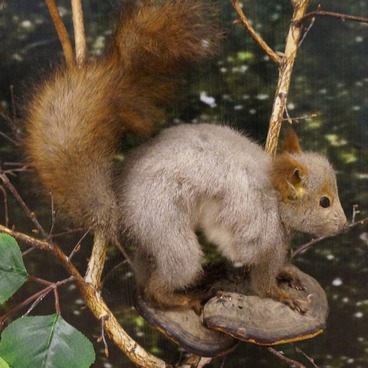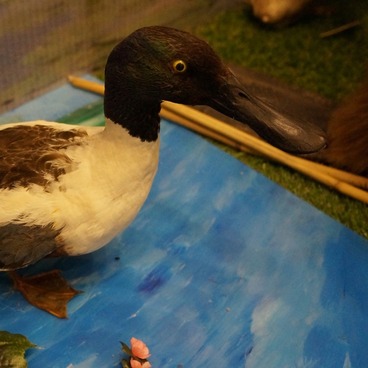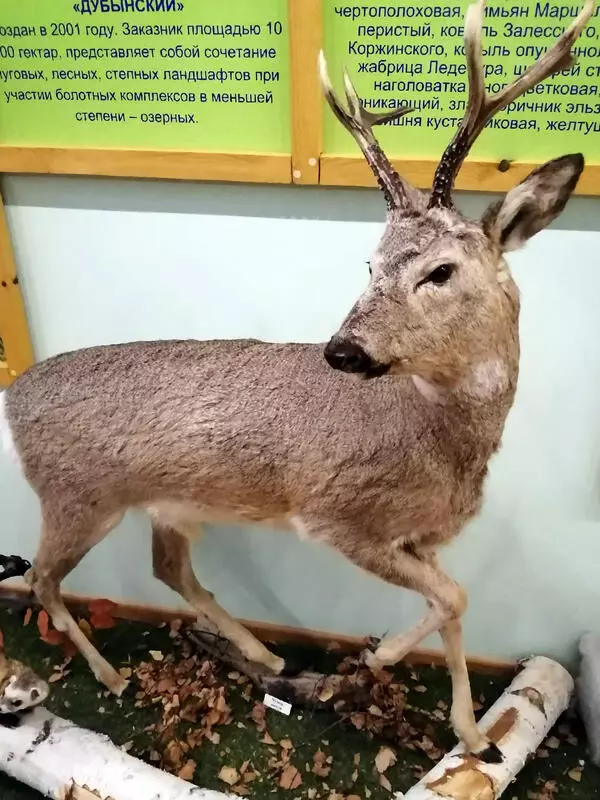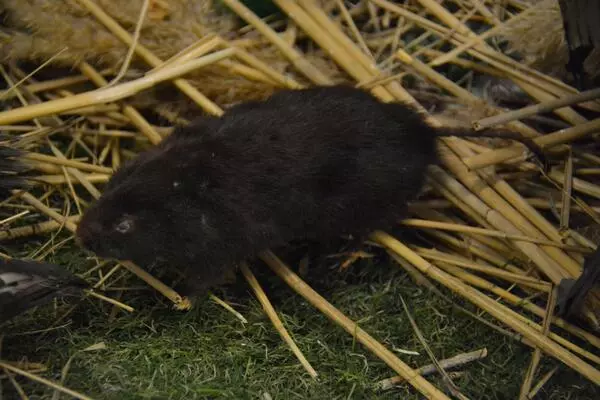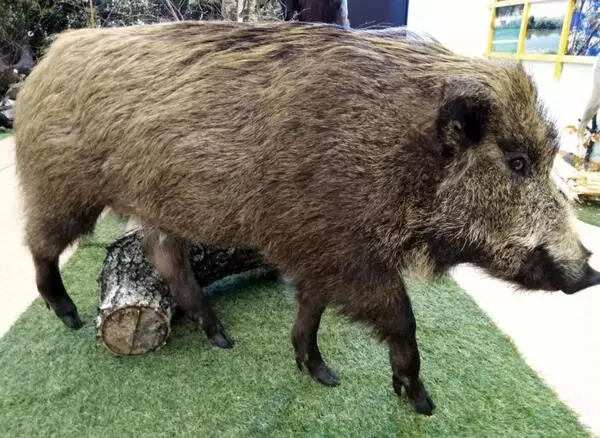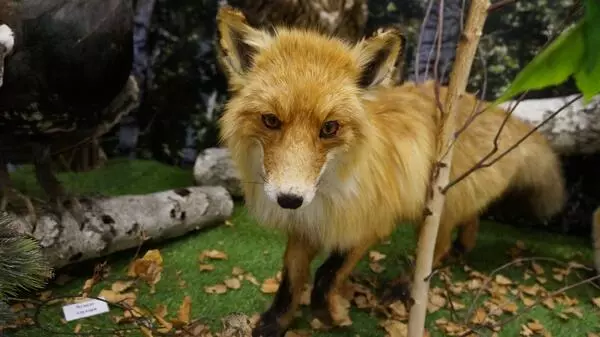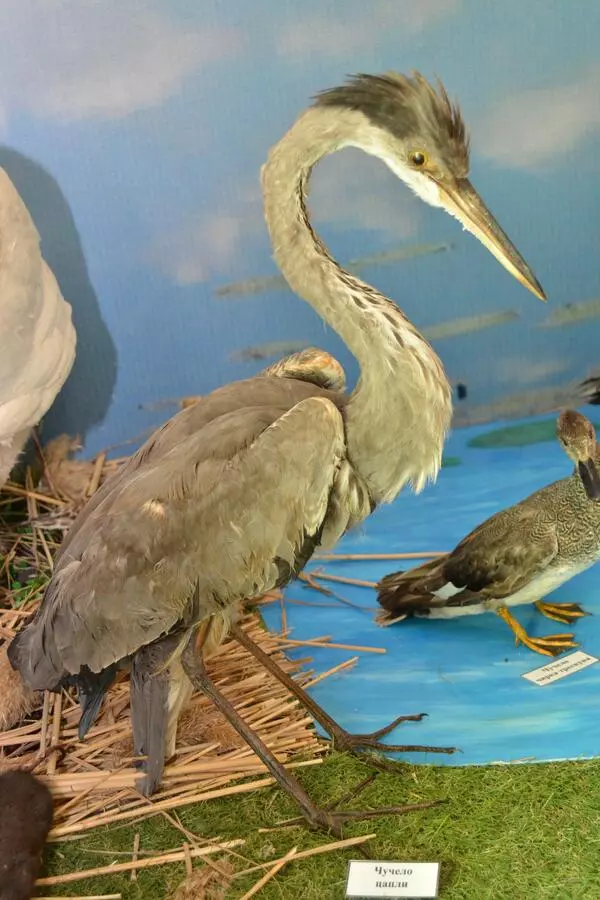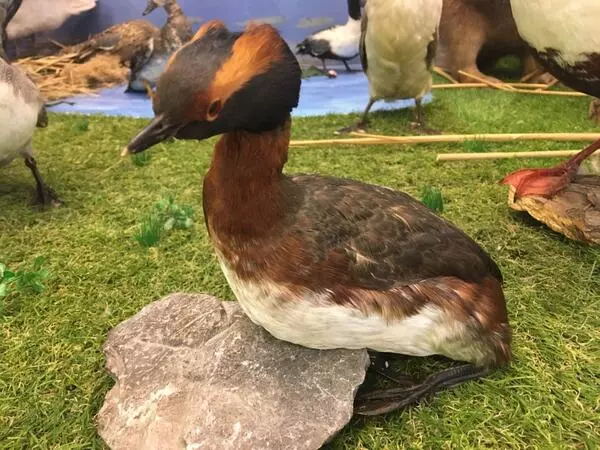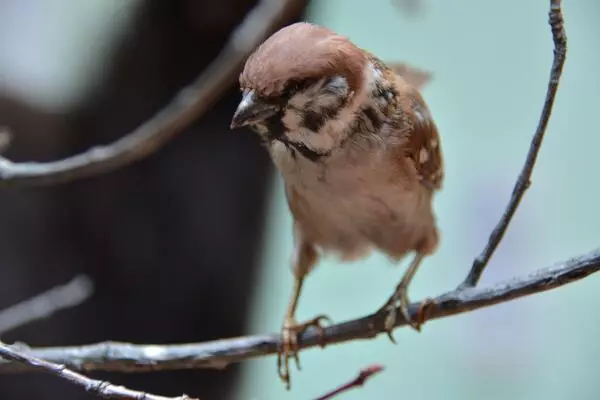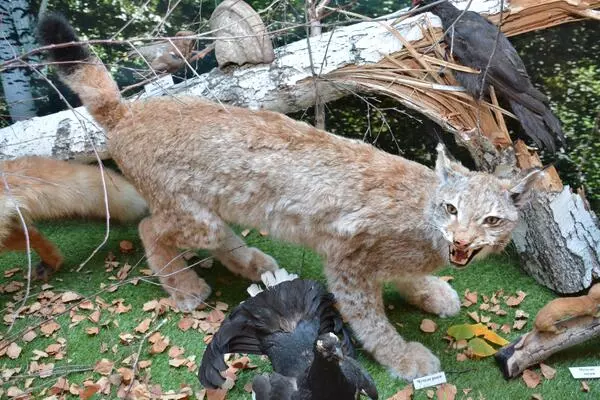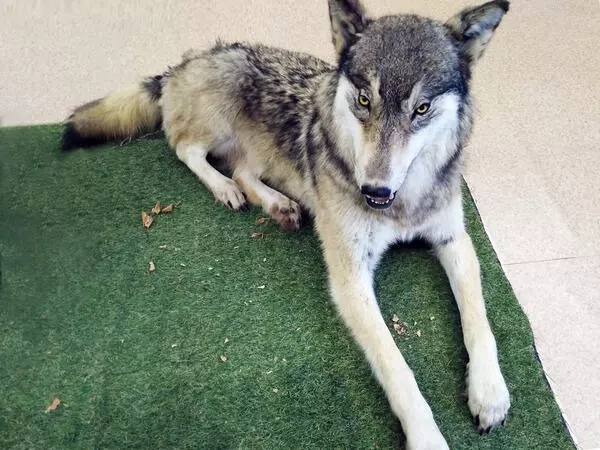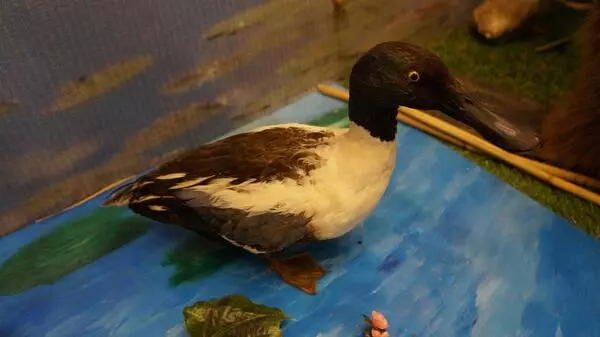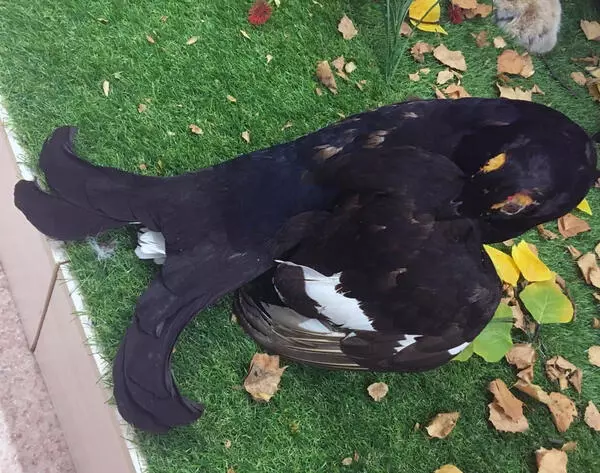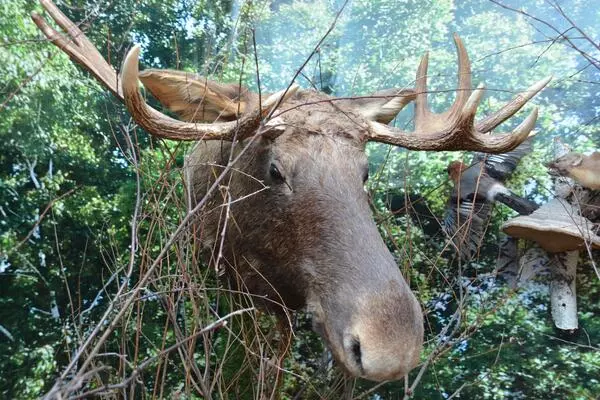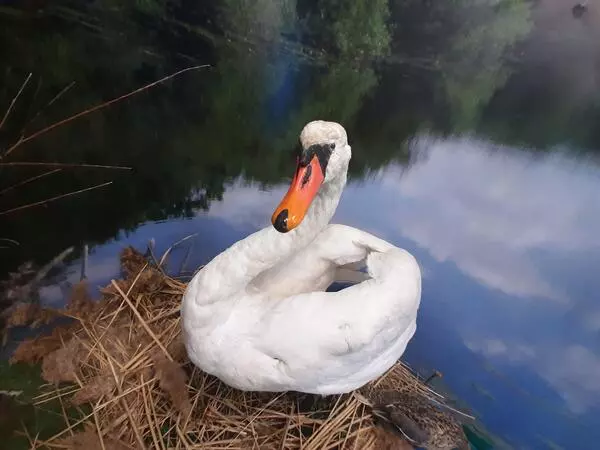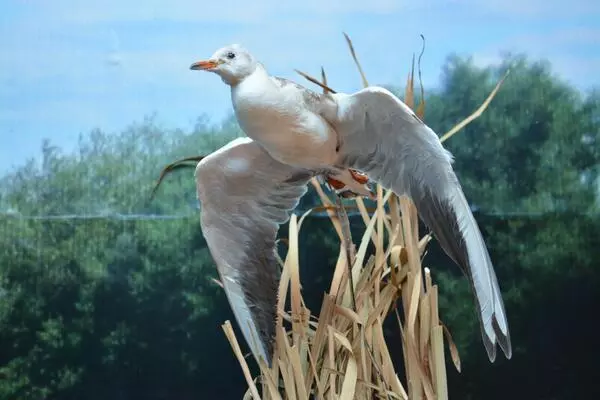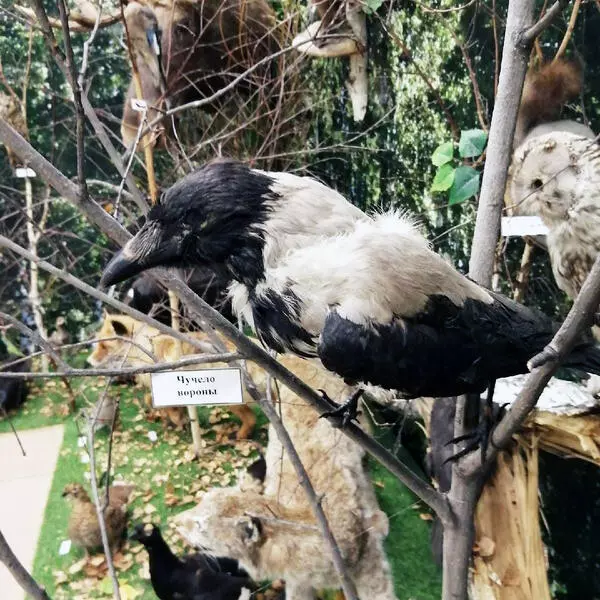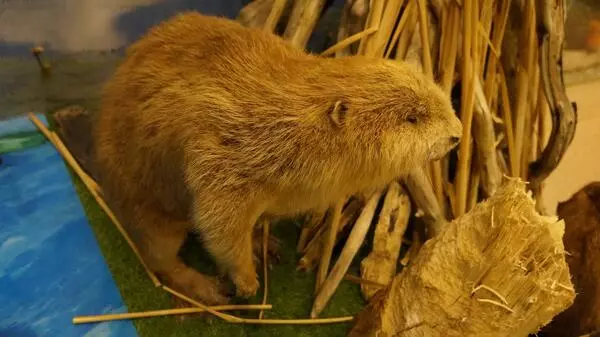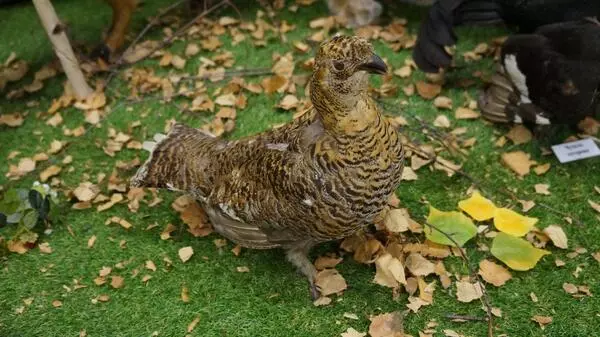The common bullfinch is a songbird in the true finch family. The bullfinch is a little larger than the sparrow. It weighs between 30 and 35 grams, and its build is rather stocky and strong. The bullfinch’s body measures about 18 centimeters with a wingspan of up to 30 centimeters.
The bird is quite popular thanks to its remarkable and attractive appearance. The male’s underparts are crimson red, while its cap, chin, and the longest uppertail feathers are velvet black, the back is blueish-gray, and the undertail is white. The female has a grayish pink plumage instead of the male’s festive coat.
The bullfinch feeds on seeds and buds. In berries, the bird eats away seeds and leaves the flesh. In winter, the bullfinch forages in cities and towns for maple and ash samaras, lilac capsules, rowan and hawthorn berries, as well as for bird feeders.
In March, bullfinches pair up and take nesting sites. They choose branches located closer to the ground to make the nest. The male builds a nest of broadleaf and conifer twigs and then lines it with a thin layer of lichen and fur. The clutch usually contains four to five eggs. Chicks hatch 12 to 14 days after the eggs are laid. The chicks are fed mostly seeds and occasionally insects. When the offspring leave the nest, the family does not break up but stays together until the next mating season. Sometimes, a few families can set up small groups.
In Russia, the bullfinch is distributed in all woodlands and partially conifer-wooded grasslands. The bird usually inhabits woods with dense underbrush, where it also nests. The bullfinch can be found in city gardens and parks, especially when it is migrating. It is harder to find food in the woods in winter, so the bullfinch reaches out towards human settlements. Perhaps, that is why many people think the bullfinch is a winter bird. Besides, its name in Russian favors the idea. The truth is the bullfinch always lives nearby, in the surrounding woods, and its Latin name Pyrrhula pyrrhula means “fiery.”
The bullfinch is often kept in a cage as a beautiful songbird. Its song—a melody of soft whistling, buzzing, and creaky sounds—is quite pleasant. Both males and females can sing. The bullfinch also breeds in captivity.
The bird is quite popular thanks to its remarkable and attractive appearance. The male’s underparts are crimson red, while its cap, chin, and the longest uppertail feathers are velvet black, the back is blueish-gray, and the undertail is white. The female has a grayish pink plumage instead of the male’s festive coat.
The bullfinch feeds on seeds and buds. In berries, the bird eats away seeds and leaves the flesh. In winter, the bullfinch forages in cities and towns for maple and ash samaras, lilac capsules, rowan and hawthorn berries, as well as for bird feeders.
In March, bullfinches pair up and take nesting sites. They choose branches located closer to the ground to make the nest. The male builds a nest of broadleaf and conifer twigs and then lines it with a thin layer of lichen and fur. The clutch usually contains four to five eggs. Chicks hatch 12 to 14 days after the eggs are laid. The chicks are fed mostly seeds and occasionally insects. When the offspring leave the nest, the family does not break up but stays together until the next mating season. Sometimes, a few families can set up small groups.
In Russia, the bullfinch is distributed in all woodlands and partially conifer-wooded grasslands. The bird usually inhabits woods with dense underbrush, where it also nests. The bullfinch can be found in city gardens and parks, especially when it is migrating. It is harder to find food in the woods in winter, so the bullfinch reaches out towards human settlements. Perhaps, that is why many people think the bullfinch is a winter bird. Besides, its name in Russian favors the idea. The truth is the bullfinch always lives nearby, in the surrounding woods, and its Latin name Pyrrhula pyrrhula means “fiery.”
The bullfinch is often kept in a cage as a beautiful songbird. Its song—a melody of soft whistling, buzzing, and creaky sounds—is quite pleasant. Both males and females can sing. The bullfinch also breeds in captivity.


